
 call us : +8613866722531
call us : +8613866722531
 send a message : pweiping@techemi.com
send a message : pweiping@techemi.com
 call us : +8613866722531
call us : +8613866722531
 send a message : pweiping@techemi.com
send a message : pweiping@techemi.com
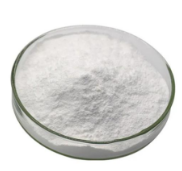
Name: Sodium bicarbonate CAS No.: 144-55-8 Appearance: White powder or opaque monoclinic system fine crystals Molecular formula: CHNaO3 Molecular Weight: 84.01 Melting point:>300 °C(lit.) PACKAGE:25KG/BAG
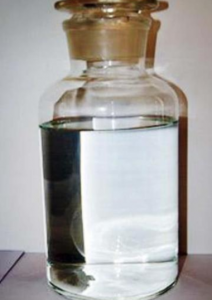
Name: Dichroromethylvinylsilane CAS number: 124-70-9 Molecular formula: C3H6Cl2Si Molecular weight: 141.07 EINECS number: 204-710-3 Mol file: 124-70-9.mol
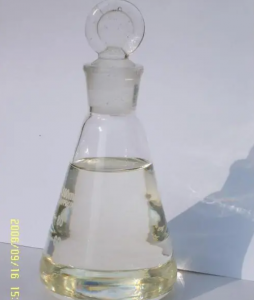
Name: Vinyltrimethylsilane CAS number: 754-05-2 Molecular formula: C5H12Si Molecular weight: 100.23 EINECS number: 212-042-9 Mol file: 754-05-2.mol
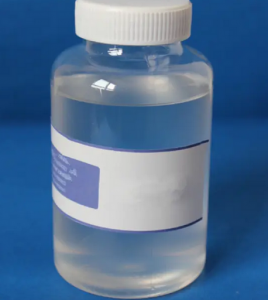
Name: Ethoxydimethylvinylsilane CAS number: 5356-83-2 Molecular formula: C6H14OSi Molecular weight: 130.26 EINECS number: 226-341-7 Mol file: 5356-83-2.mol
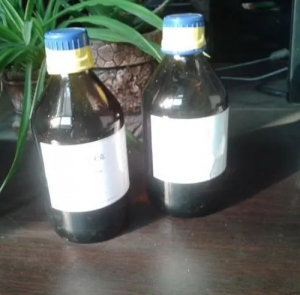
Name: CHLORODIMETHYLPINYLSILANE CAS number: 1719-58-0 Molecular formula: C4H9ClSi Molecular weight: 120.65 EINECS number: 217-007-1 Mol file: 1719-58-0.mol
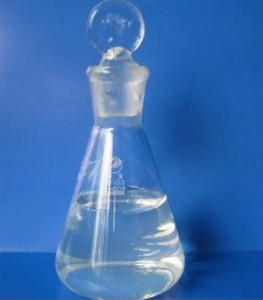
Name: 1,1,3,3-TETRAMETHYL-1,3-DIVINYLDISILAZANE CAS number: 7691-02-3 Molecular formula: C8H19NSi2 Molecular weight: 185.41 EINECS number: 231-701-1 Mol file: 7691-02-3.mol

Welcome to 138th China Import and Export Fair Dear Sir or Madam, The 138th Canton Fair is scheduled to open on October 15th, featuring continuous optimization of exhibition structure, various premium ...
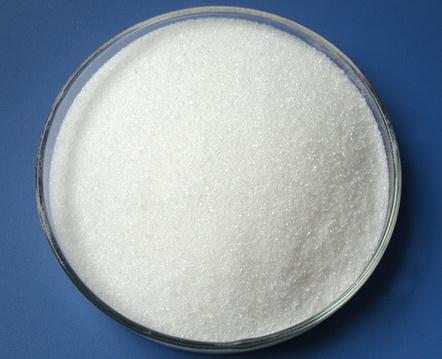
Differences in traits
The chemical Molecular formula of sodium citrate is Na3C6H5O7 · 2H2O, also known as sodium citrate and sodium citrate, which is an organic compound in the form of colorless rhombic columnar crystals, stable in air, soluble in water and glycerin, and slightly soluble in ethanol. The aqueous solution is slightly alkaline and has a refreshing taste. When heated to 100 ℃, it becomes a dihydrate salt. Sodium citrate is a sodium salt of citric acid, which is weakly alkaline.
The chemical Molecular formula of citric acid is C6H8O7, also known as citric acid, which is an important organic acid. It is colorless crystal, odorless, has a strong acid taste, and is easily soluble in water. It is a commonly used Acidity regulator and food additive. Citric acid is an organic weak acid that exhibits weak acidity.
Differences in source
Sodium citrate
Citric acid+sodium hydroxide method: the earliest research and development of the production process is to dissolve citric acid in water, add it into sodium hydroxide solution, neutralize and generate a lot of heat, and then filter, concentrate, crystallize, dry and other processes to obtain the finished product.
Citric acid+soda ash method: The neutralization method improves the process, and as a raw material, soda ash is easy to purchase, easy to preserve, and has the advantage of low production cost; It is a production method commonly used by industrial enterprises at present (it mainly uses Calcium citrate and soda ash to produce Salt metathesis reaction reaction, filter out insoluble matters and obtain sodium citrate)
Citric acid+baking soda method: Using high-quality baking soda, dissolve it in water according to the calculated amount and neutralize it with citric acid. After concentration and crystallization, drug grade sodium citrate is prepared. Its characteristics are mild reaction conditions, good product quality, and good process operability. At present, this method is mainly used in some pharmaceutical factories.
Citric acid
Natural citric acid exists in fruits of plants such as lemon, citrus, pineapple, and in the bones, muscles, and blood of animals. Artificial citric acid is produced by fermentation of sugar containing substances such as sugar, molasses, starch, grapes, etc. It can be divided into anhydrous and hydrated forms. Pure citric acid is a colorless transparent crystal or white powder, odorless, and has a tempting sour taste.
Differences in purpose
Sodium citrate is used as Acidity regulator, flavor agent and stabilizer in food and beverage industries; Used as expectorants and diuretics in the pharmaceutical industry; In the detergent industry, it can replace Sodium triphosphate as a non-toxic detergent additive; It is also used in brewing, injection, photography drugs, electroplating, and other fields.
Citric acid is mainly used as a souring agent, with a very tempting and less irritating sour taste. It is widely used in beverages, candies, candies, and other foods with a sour and sweet taste; It can be used as an acidity agent, antioxidant, and pH regulator in food, and is used in refreshing beverages, jams, fruits, and pastries; Used in the pharmaceutical industry, accounting for about 10%, mainly as antacids, flavor correction agents, cosmetics, etc; Used in the chemical industry, accounting for about 15%, as a buffer, complexing agent, metal cleaning agent, mordant, gelling agent, toner, etc; It is widely used in electronics, textile, oil, leather, architecture, photography, plastics, casting, ceramics and other industrial fields.
Sodium citrate and citric acid combine to form a citric acid sodium citrate buffer system in beverages. This buffer system can stabilize the pH value of the solution within a certain range, modify the acidity of citric acid, and make the acidity soft, non irritating, and long-lasting balanced. Most single use of citric acid is also acceptable, but adding a small amount of sodium citrate (sodium salt) is to make citric acid more stable, reduce the stimulation of citric acid on taste buds in the product, and make the taste more natural, uniform, and smooth.
 online service
online service +8613866722531
+8613866722531 pweiping@techemi.com
pweiping@techemi.com pweiping
pweiping +8613866722531
+8613866722531